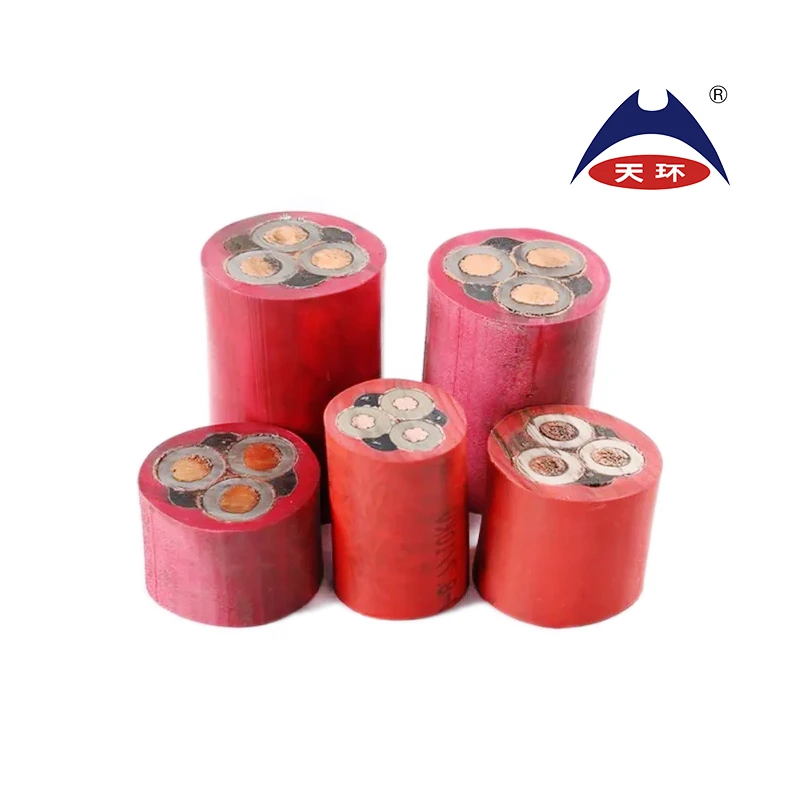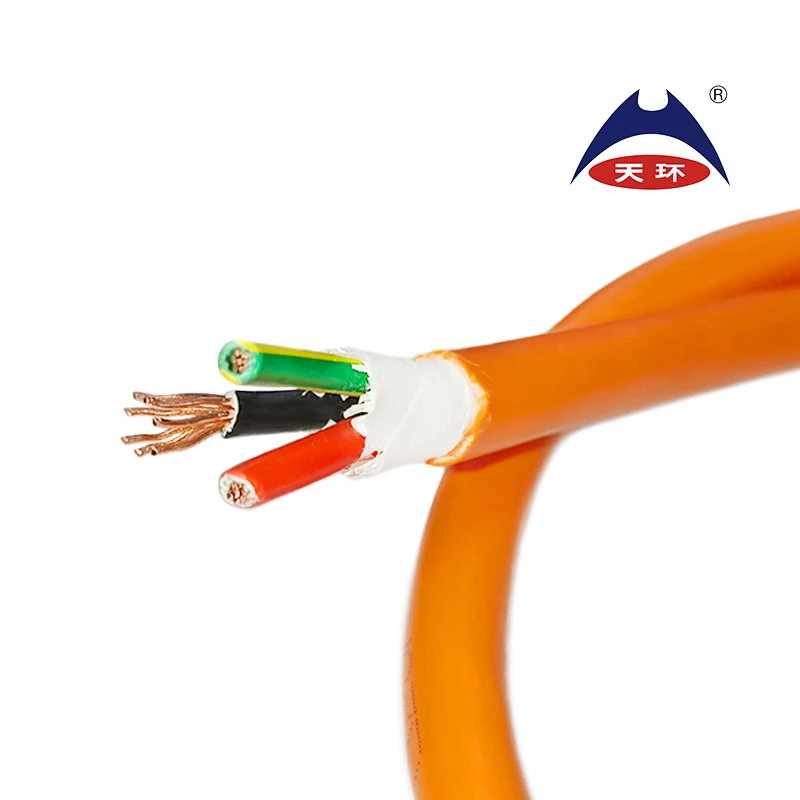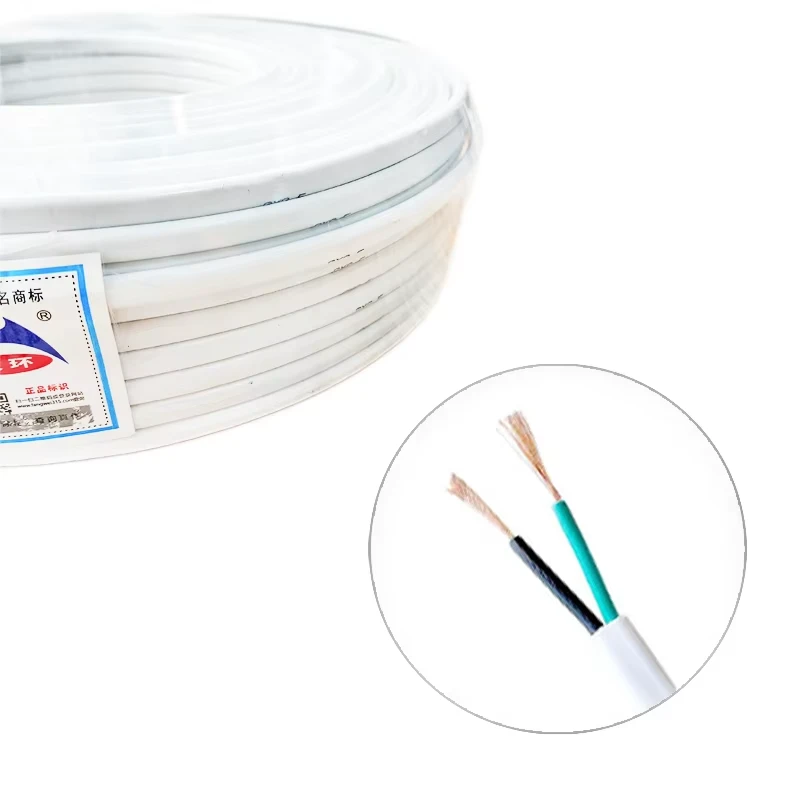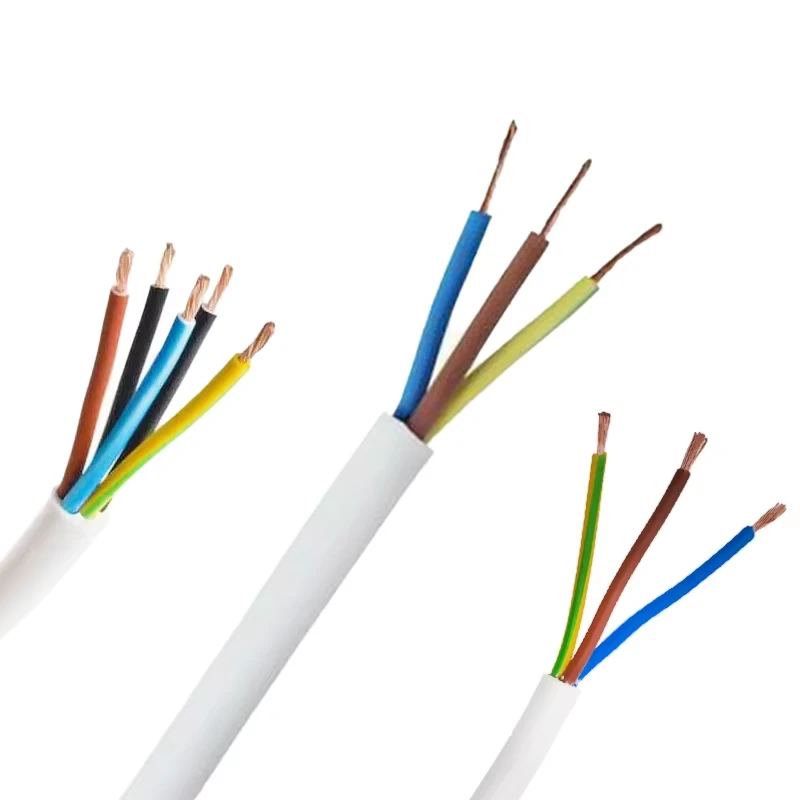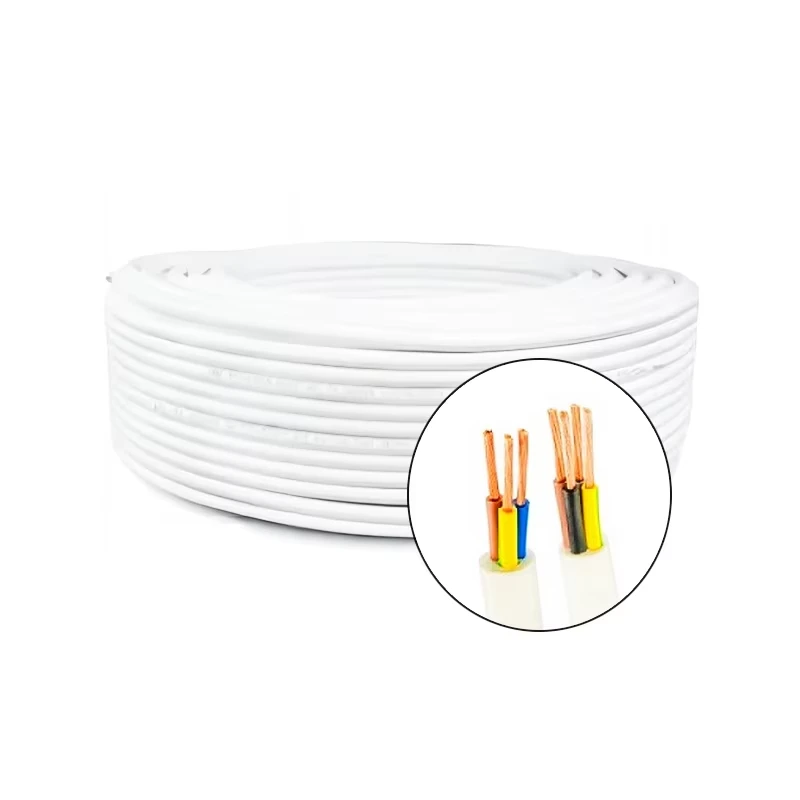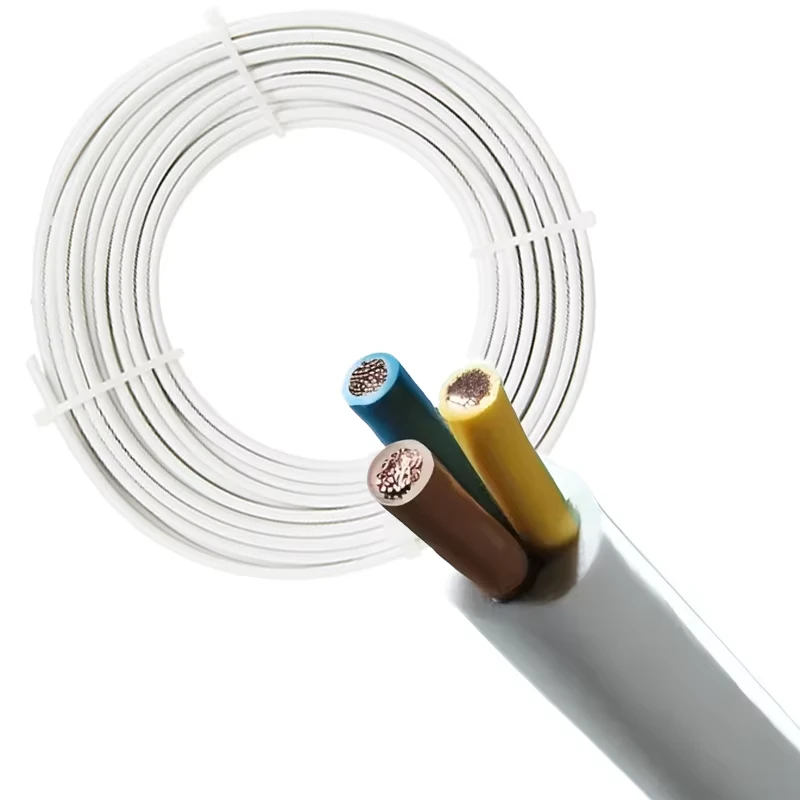
Depth Analysis of Differences between High Voltage Cables and Low Voltage Cables
In the power transmission and distribution system, high voltage cables and low-voltage cables play an indispensable role. They each have unique characteristics and application areas, ensuring the safe and efficient transmission of electrical energy. This article will delve into the differences between high voltage cables and low-voltage cables from multiple aspects, including voltage levels, structural design, insulation and shielding systems, application scenarios, safety, and installation and maintenance.
Voltage Level of Low Voltage Cables
The most significant difference between high-voltage cables 그리고 low-voltage cable is their voltage level. High voltage cables are typically used to transmit high voltage power of 1kV and above, with rated voltages often reaching thousands of kilovolts or even higher. This high voltage level enables high-voltage cables to meet the needs of long-distance and high-power transmission, and is a key component of large-scale power systems. In contrast, low-voltage cables are mainly used to transmit power or signals below 1kV, with a rated voltage generally between a few hundred volts and 1kV. Low voltage cables are mainly used to meet the needs of internal power distribution and low-power equipment connection in buildings, and are widely used in residential, commercial office buildings, industrial parks and other places.
Structural Design of Low Voltage Cables
There are significant differences in structural design between high-voltage cables and low-voltage cables. The structural design of high-voltage cable is more complex, usually including multiple parts from the inside out, such as conductors, internal semiconductor layers, insulation layers, external semiconductor layers, shielding layers, and external sheaths. This multi-layer structure helps to improve the electrical performance and mechanical strength of cables, enabling them to cope with various challenges in high-voltage environments. In contrast, the structure of low-voltage cable is relatively simple, generally consisting of three parts: conductor, insulation layer, and outer sheath. Conductors are made of multiple strands of copper or aluminum wire, with insulation layer used to prevent current leakage, and outer sheath used to protect the cable from external environmental damage.
Insulation and Shielding System of Low Voltage Cables
The differences in insulation and shielding systems between high-voltage cables 그리고 low-voltage cables are equally significant. The insulation layer of high-voltage cables is usually thick to prevent electrical breakdown and leakage. At the same time, high-voltage cables have powerful metal shielding systems, such as metal braided layers, metal sheaths, etc., to reduce electromagnetic interference and prevent discharge. This powerful shielding system not only improves the electrical performance of the cable, but also ensures its safety and reliability. In contrast, the insulation layer of low-voltage cable is relatively thin, but still needs sufficient thickness to ensure insulation performance. The shielding system is relatively simple, usually using lightweight metal shielding such as aluminum foil, copper mesh, etc., to reduce the impact of electromagnetic interference and external interference.
Application Scenarios of Low Voltage Cables
The application scenarios of high-voltage cables 그리고 low-voltage cables are also completely different. High voltage cables are mainly used in the transmission and distribution process of power systems to transport the electrical energy generated by power plants from substations to various power plants. They are also applied in power engineering projects, large-scale electromechanical equipment, and power supply systems for transportation systems to meet large-scale and high-power power demands. In contrast, low-voltage cables are mainly used for connecting low-power circuits such as electrical systems, household appliances, and control systems inside buildings. They are widely used in residential, commercial office buildings, industrial parks and other places to meet the electricity needs of daily life and production.
Safety of Low Voltage Cables
There are significant differences in safety between high-voltage cables 그리고 low-voltage cables. Due to the transmission of high voltage electricity, high-voltage cables may pose serious safety risks such as electric shock, arc flash, and even fire or explosion in the event of a fault. Therefore, the installation and maintenance of high-voltage cables require higher technical requirements and professional equipment, while strictly adhering to safety operating procedures. In contrast, low-voltage cables have a lower risk of electric shock and arc flash in the event of a fault due to the relatively low voltage they transmit, and typically do not cause fires or explosions. Its installation and maintenance are relatively simple, but it still needs to comply with relevant safety standards and regulations.
In summary, there are significant differences between high-voltage cables 그리고 low-voltage cables in terms of voltage levels, structural design, insulation and shielding systems, application scenarios, safety, and installation and maintenance. These differences make them play important roles in different fields of power transmission and distribution. With the continuous development and innovation of power technology, the performance and application fields of high-voltage cables 그리고 low-voltage cables will also continue to expand and improve.
As a company specializes in professional cable and wire , our business scope is very broad . We have XLPE cable, rubber cables , photovoltaic cable , overhead cable , fire resistant cable , rubber cable , construction cable , aerial bundled cables , high-voltage cables , low-voltage cables 그리고 building wire . The low-voltage cables price in our company are reasonable . If you are interesting in our product welcome to contact us!
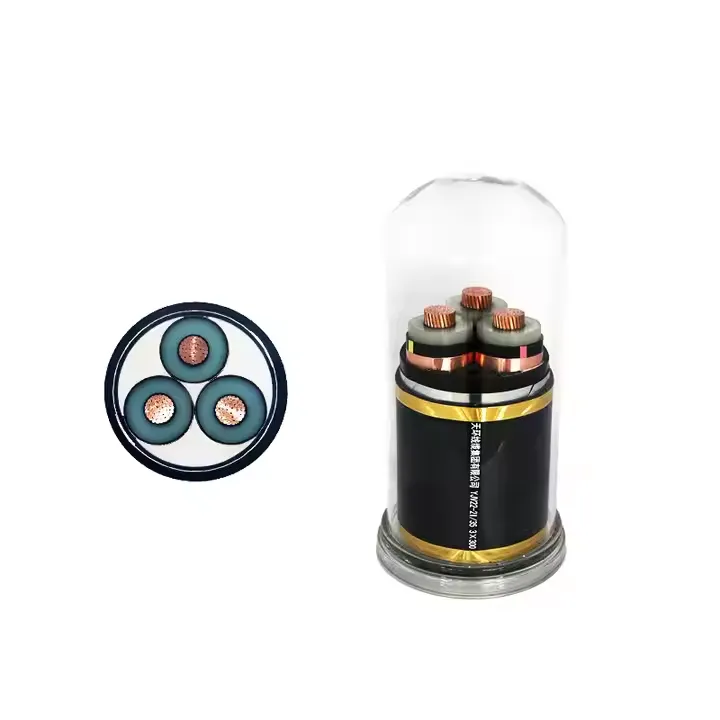
-
0.6/1 kV Low Voltage XLPE Insulated Multi-Core SWA Armoured Cable-Tianhuan Cable Group|Durable Industrial Cables&Fire-Resistant Design소식Sep.29,2025
-
0.6/1 kV XLPE Insulated Multi-Core SWA Armoured Cable - Tianhuan Cable Group | High-Durability&Fire-Safe Design소식Sep.29,2025
-
0.6/1 kV XLPE SWA Cable-Tianhuan Cable|Low Voltage Power Cable&Industrial Cable소식Sep.29,2025
-
0.6/1 kV XLPE SWA Armoured Cable-Tianhuan Cable|Low Voltage, Durable, Fire Resistant소식Sep.29,2025
-
XLPE Insulated SWA Armoured Cable-Tianhuan Cable Group|High Electrical Insulation&Mechanical Protection소식Sep.29,2025
-
0.6/1 kV Low Voltage XLPE Insulated Multi-Core SWA Armoured Cable - Tianhuan Cable Group | Power Transmission, Durability, Safety소식Sep.29,2025
-
0.6/1 kV XLPE Insulated SWA Armoured Cable - Tianhuan Cable Group | High Voltage Resistance&Durable Construction소식Sep.29,2025





